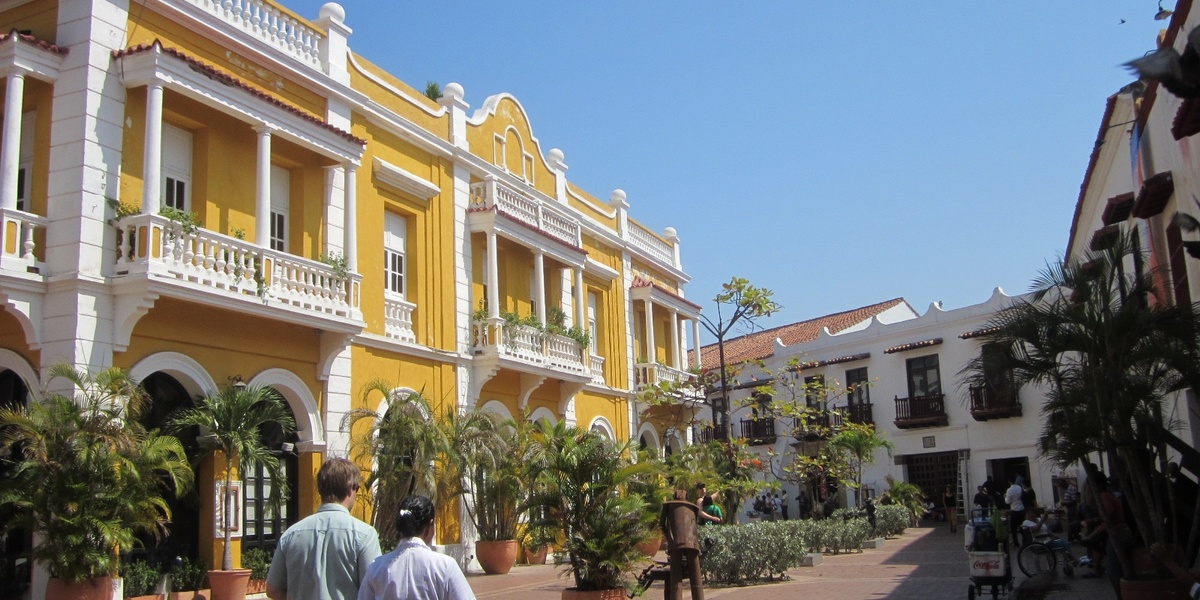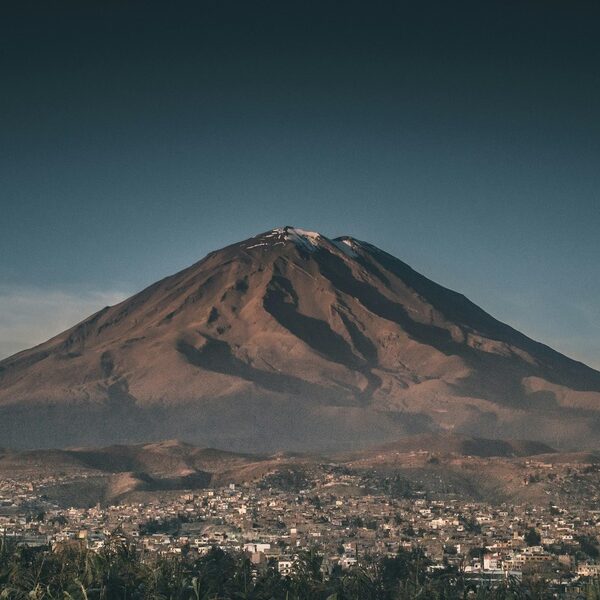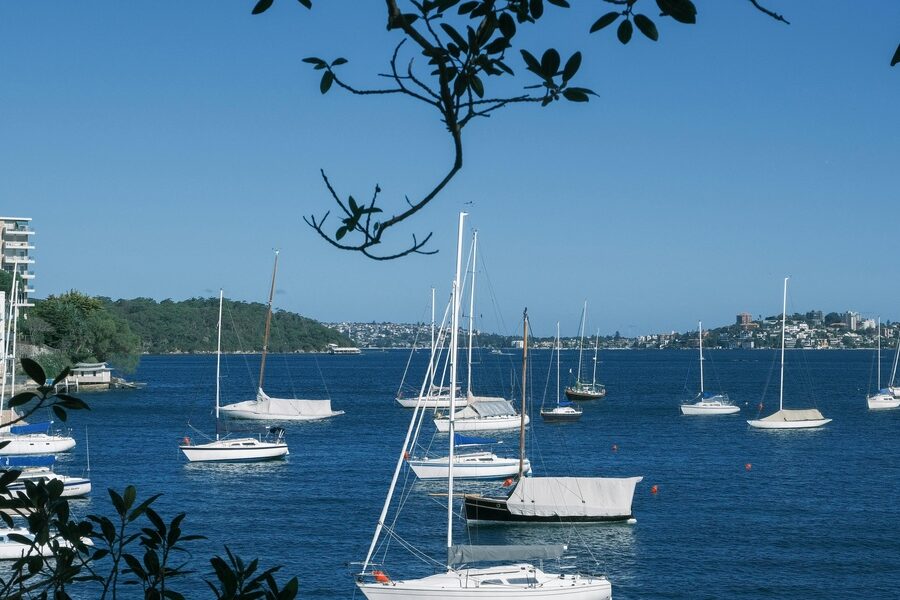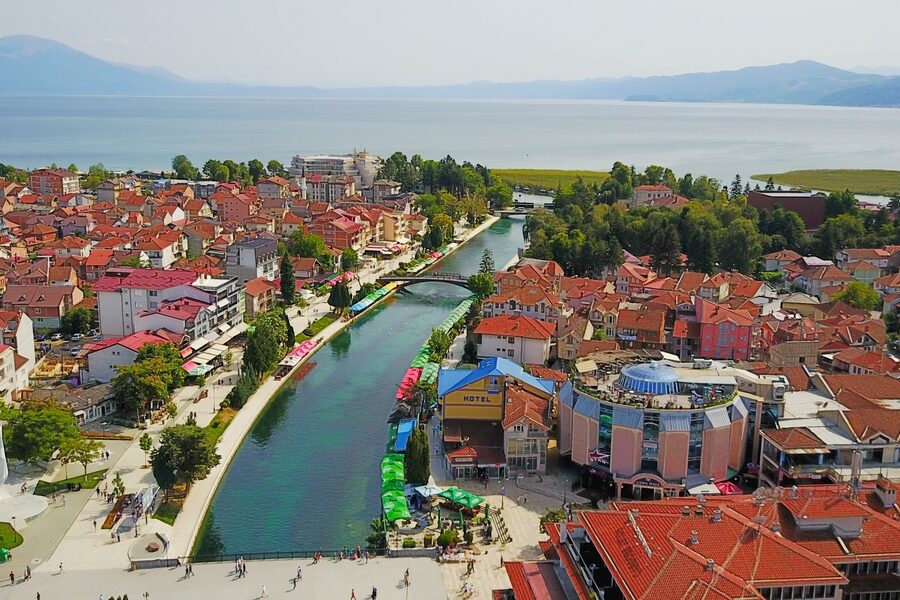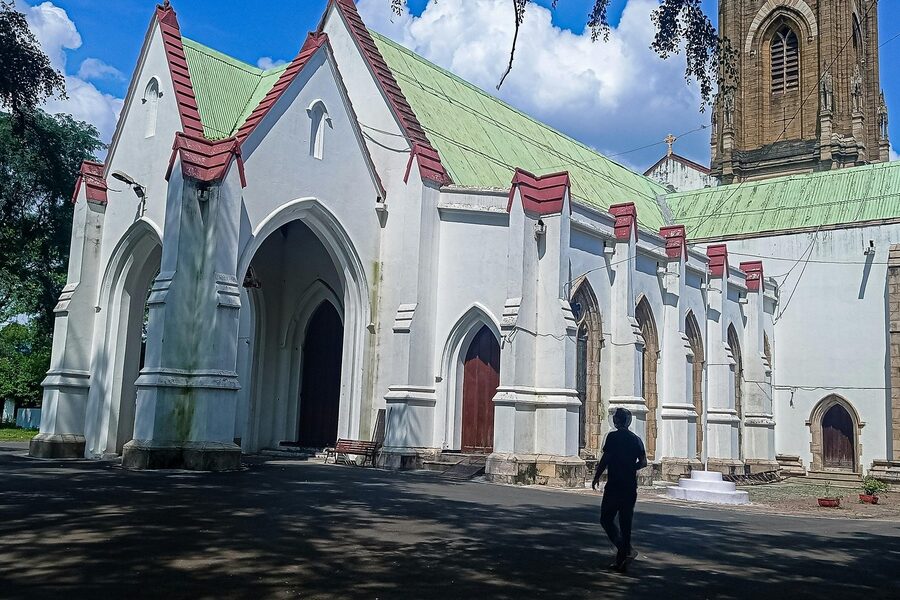Cartagena was founded in 1533 and its walled old town earned UNESCO World Heritage status in 1984, a reminder that the city’s streets carry centuries of stories. Strolling past coral‑colored balconies, fortifications and busy plazas makes clear why travelers keep returning for the mix of history and Caribbean life.
These ten experiences — a balanced mix of colonial sites, island beaches, lively food scenes, and offbeat day trips — will help you plan a memorable visit and prioritize what matters most to you. Below you’ll find practical tips, timing advice, and concrete examples for each pick, including a few community‑run options and recommended viewpoints.
Historic and Cultural Experiences
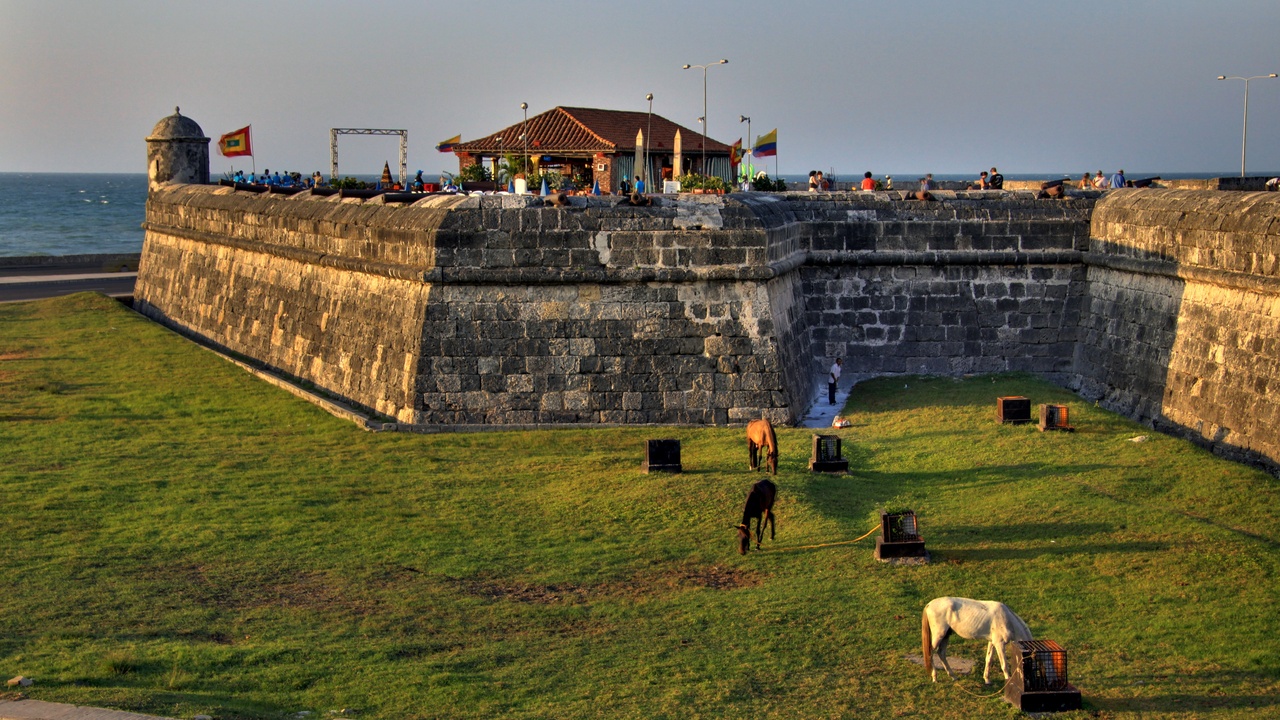
Cartagena’s layered past is visible everywhere: Spanish fortifications, grand colonial homes, and living cultural traditions that continue today. The Walled City and nearby monuments retain the authenticity that earned the center UNESCO status in 1984, and those sites often host festivals, music, and art. Aim to visit in the cooler morning or late afternoon, check opening hours for museums and forts, and wear comfortable shoes for cobbled streets.
1. Stroll the Walled City (Centro Histórico)
Wandering the Walled City is the fastest way to feel Cartagena’s colonial charm. The old town dates back to Cartagena’s founding in 1533 and was later recognized by UNESCO (1984) for its well‑preserved architecture.
You’ll see colorful balconies draped with bougainvillea, plazas such as Plaza Santo Domingo with its Botero sculpture, narrow lanes lined with artisanal shops, and cafés spilling onto cobblestone streets. Start at the Torre del Reloj, walk down toward Plaza de los Coches, then loop through Calle de la Iglesia and stop for coffee at a shaded café.
Best times are early morning to avoid heat and crowds or golden hour for softer light and street performers. Watch your step on uneven cobbles, carry a small water bottle, and allow time to pop into museums or a courtyard patio you pass.
2. Explore Castillo San Felipe de Barajas
Castillo San Felipe de Barajas dominates Cartagena’s skyline and was built starting around 1639, then expanded over subsequent decades to fend off pirates and rival powers.
The fortress is an engineering feat: layered bastions, clever drainage, and a network of tunnels that once moved troops and munitions. Guides share gripping siege stories and point out cannon placements and lookout spots.
Plan 1–2 hours for a thorough visit, wear sturdy shoes for climbing, and consider a guided tour to explore the tunnels safely. Late afternoon offers dramatic light and panoramic views toward Bocagrande and the harbor — a great time for photos.
3. Visit a museum and a hilltop convent for local context
Museums and hilltop viewpoints pack local history and culture into compact stops. The Museo del Oro Zenú showcases pre‑Colombian goldwork and artifacts from the Zenú people, giving context to the region’s indigenous heritage.
For sweeping panoramas, take a short taxi up to Convento de la Popa. The convent sits on a small hill and offers contrasting indoor artifacts and outdoor views over the city and bay.
Combine a morning museum visit with an afternoon convent trip for both artifacts and open‑air perspective. Check museum opening hours and note that the Popa climb is easiest by taxi or moto‑taxi rather than on foot.
Beaches, Islands, and Waterfront Activities
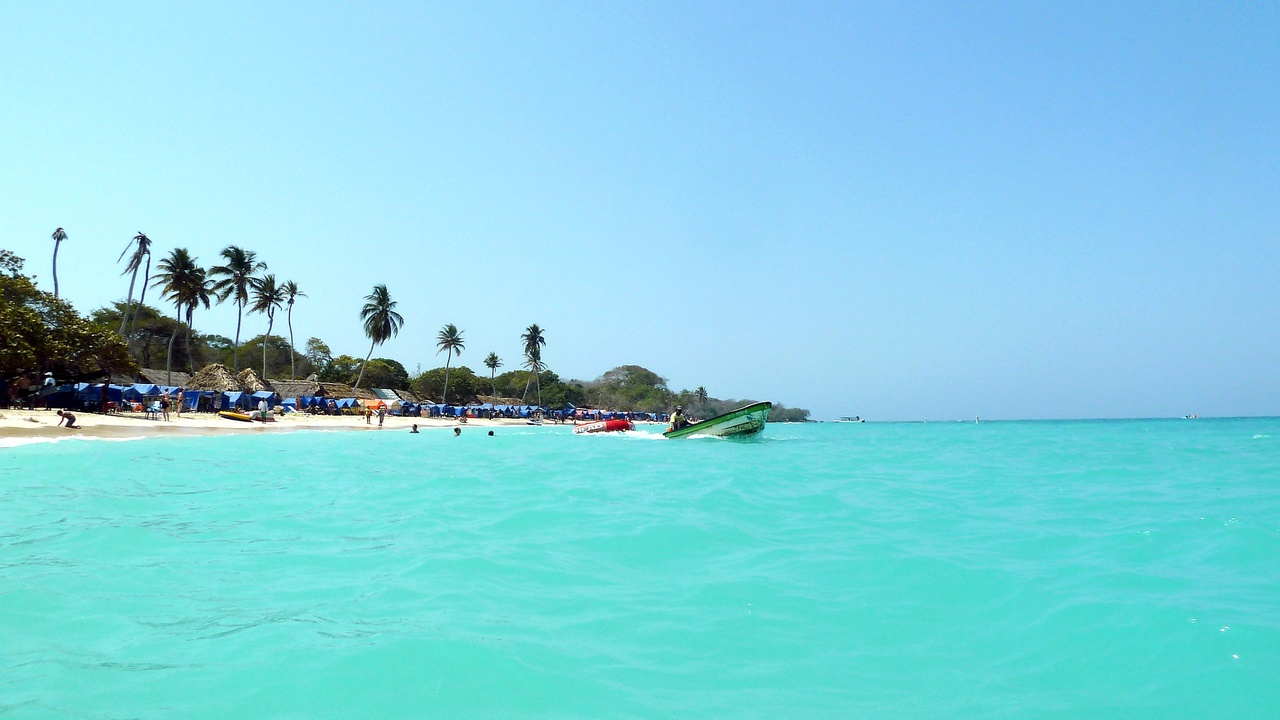
Cartagena is a coastal gateway: quick boat rides take you to coral‑ringed islands and white‑sand beaches. Day trips to the Rosario and San Bernardo islands typically take about 30–60 minutes by fast boat, though some operators are slower. Use licensed operators, confirm life jackets and snorkel gear, and avoid overcrowded launch times.
4. Take a day trip to the Rosario Islands for snorkeling
The Rosario Islands offer clear water, coral patches, and easy snorkeling from small boats. Many tours are half‑ to full‑day trips and commonly include snorkel gear, a guide, and lunch.
Most fast‑boat day trips take about 45 minutes to 1 hour. The Rosario & San Bernardo Corals National Natural Park protects the area, so choose operators that follow reef‑friendly practices and avoid touching coral.
To avoid mass‑tourism boats, book an earlier departure or pick a smaller operator that runs fewer guests. Expect to see tropical fish and small coral formations around spots like Isla Grande or quieter islets off the main route.
5. Lounge or swim at Playa Blanca on Baru
Playa Blanca on Baru is a classic: powdery white sand and turquoise water make for textbook Caribbean beach time. The beach sits on Baru island and is reachable by private transfer or a combination of road and short boat ride, often totaling 45–60 minutes from Cartagena.
Playa Blanca gets busiest on weekends and holidays, so arrive early or consider an overnight stay in simple beachfront cabins. Bring cash — many vendors accept only pesos — pack sun protection, and carry water or snacks if you prefer quieter stretches.
Local vendors sell fresh coconut water, fried fish, and street snacks right on the sand, offering an easy way to sample coastal flavors between dips in the sea.
6. Watch the sunset from Café del Mar or along the Bocagrande boardwalk
Sunset is a nightly ritual in Cartagena and an easy way to soak in the atmosphere. Café del Mar sits on the city wall and is an iconic spot for cocktails and an ocean view, while Bocagrande’s boardwalk gives a more local promenade vibe.
Arrive 30–45 minutes early to grab a good perch, expect light sea breezes, and enjoy occasional live music at nearby bars. Order a cold beer, a local cocktail, or simply stroll as the sky turns orange and pink over the bay.
Food, Markets, and Nightlife
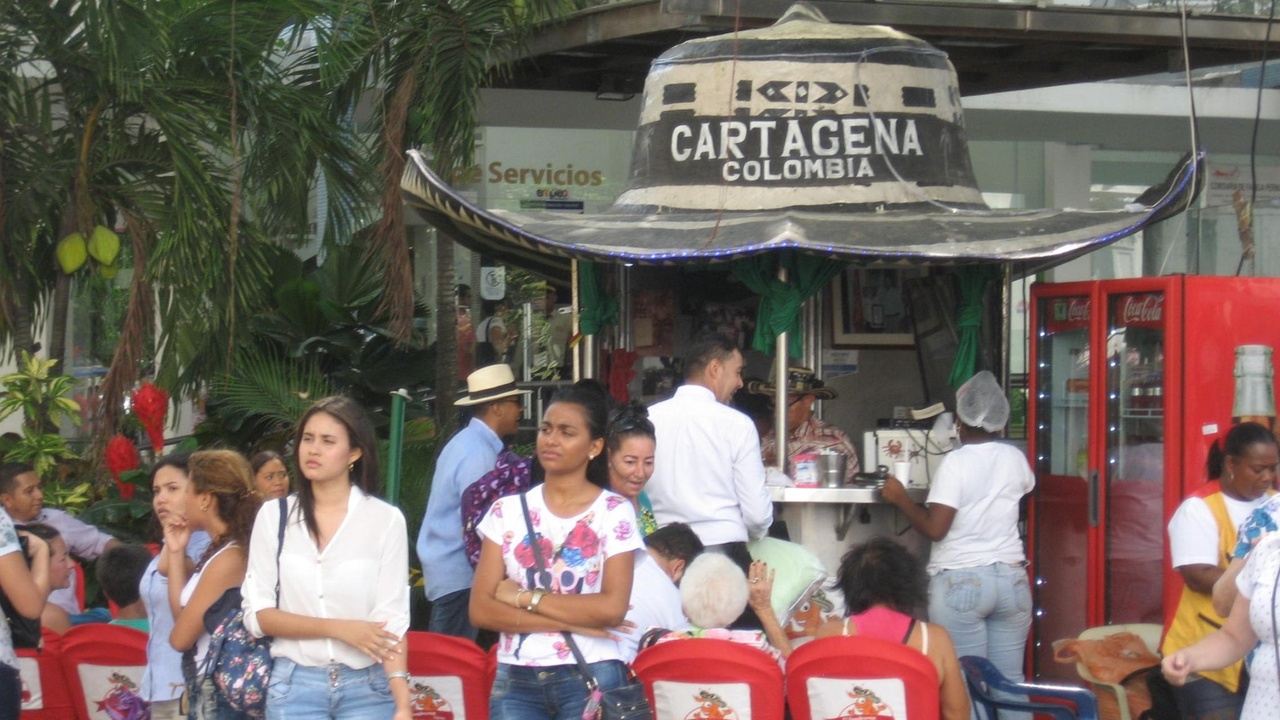
Cartagena’s culinary scene blends Afro‑Caribbean flavors, fresh seafood, and vibrant marketplaces. Markets, street stalls, and evening music make food tours and nights out among the city’s most memorable experiences.
7. Sample street food and the local markets (try ceviche and arepas)
Food is central here: fresh seafood, coconut‑forward sides, and lively market stalls define the local palate. Mercado Bazurto is a bustling, authentic market for produce, seafood and street snacks, though it can feel intense for first‑time visitors.
Inside the Walled City, small cevicherías and stalls serve fresh ceviche, pescado frito and coconut rice. Look for busy vendors with high turnover — that’s a good sign for freshness — and drink bottled water with street food.
Try an arepa or a portion of fried fish from a beachside vendor; prices are modest and the flavors are direct and satisfying. If you want a guided taste tour, choose providers who explain ingredients and hygiene practices.
8. Enjoy live music, salsa, and Getsemaní’s nightlife
Getsemaní pulses after dark with street performers, rooftop bars and small salsa clubs. The neighborhood has experienced a cultural revival and now hosts vibrant live music and attractive plazas for people‑watching.
Expect a mix of salsa, Afro‑Caribbean rhythms and acoustic sets. Some venues charge cover and many prefer cash, so carry small bills. If you want to join the dance floor, consider a short salsa lesson earlier in the evening to loosen up.
Plaza de la Trinidad often has informal performances while nearby rooftop bars offer cocktails with views — pick a place that matches the mood you want, from lively to relaxed.
Offbeat Adventures and Nature Escapes
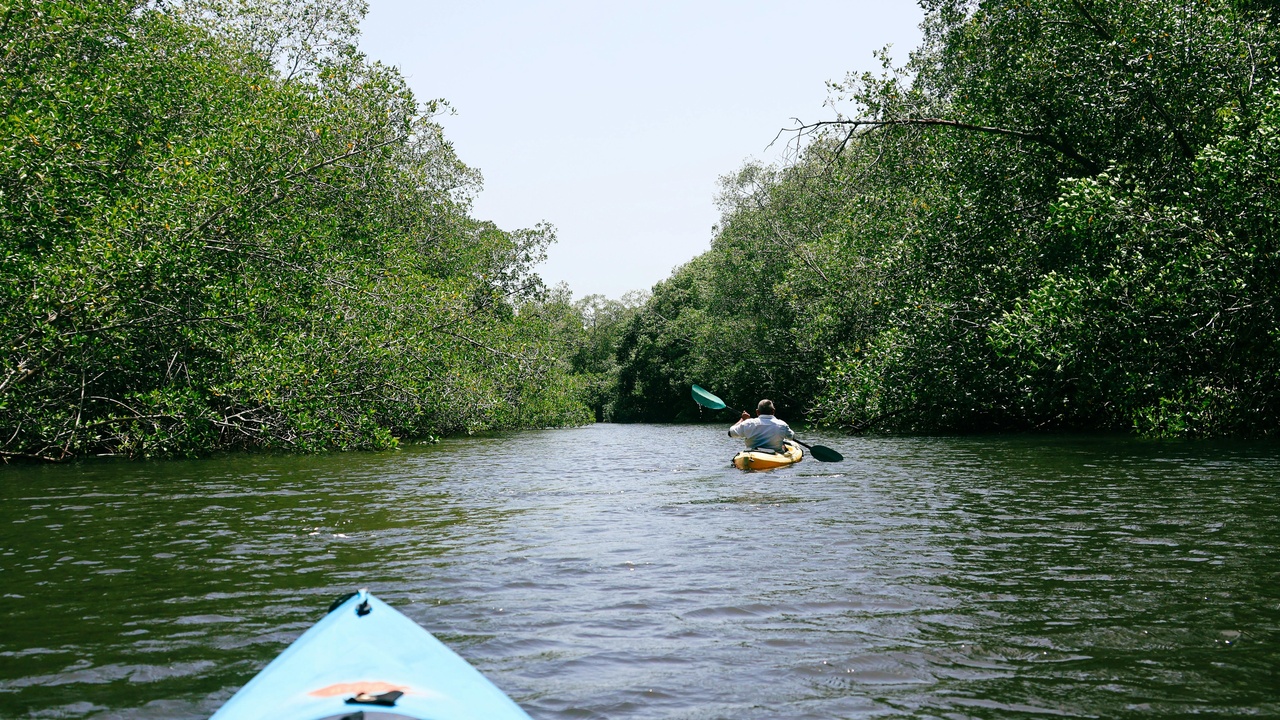
Beyond forts and beaches, Cartagena offers quirky and ecological side trips: mud volcano soaks, mangrove canoe trips with fishing communities, and small birdwatching outings. These options reveal local ecosystems and cultural practices that complement the typical tourist circuit.
9. Float in the Totumo Mud Volcano for a quirky day trip
At Volcán de Lodo El Totumo visitors climb a short ladder and soak in mineral‑rich mud inside a small cone‑shaped crater. The experience is unusual, messy and popular with tourists and locals alike.
The site sits roughly 45 minutes from Cartagena by road in normal traffic. Plan for about 1–2 hours including transport and rinsing; wear old swimwear, and note that attendants help guests into the mud and provide rinsing with freshwater afterward.
Bring a towel and a change of clothes, expect local vendors nearby, and respect modesty rules and any posted guidelines while visiting this quirky natural attraction.
10. Paddle through La Boquilla’s mangroves with a local guide
Mangrove tours out of La Boquilla offer quiet, nature‑first experiences led by Afro‑Colombian fishing communities. Short canoe or paddleboard trips reveal coastal ecology, birds like herons and egrets, and traditional fishing methods.
Choose community‑run tours to ensure your payment supports local families and to get authentic insight into livelihoods. Tours often include stops to taste simple snacks or watch net‑fishing demonstrations.
Packing mosquito repellent, sun protection and a camera will make the trip more comfortable. These excursions pair well with a relaxed afternoon after castle visits or a market morning.
Summary
- Cartagena combines centuries of colonial history (founded 1533, UNESCO 1984) with easy access to islands, beaches, markets and local‑run nature trips.
- Mix one historic site, an island or beach day, and an offbeat local excursion to experience the city’s variety; book reputable operators and arrive early for busy spots.
- Try fresh ceviche or fried fish at market stalls, watch sunset from Café del Mar or Bocagrande, and consider community‑led mangrove or market tours for authentic interactions.
- Plan a 2–4 day itinerary around priorities: a Walled City stroll and fort visit, a Rosario Islands snorkel or Playa Blanca stop, plus one quirky outing like El Totumo or La Boquilla.

